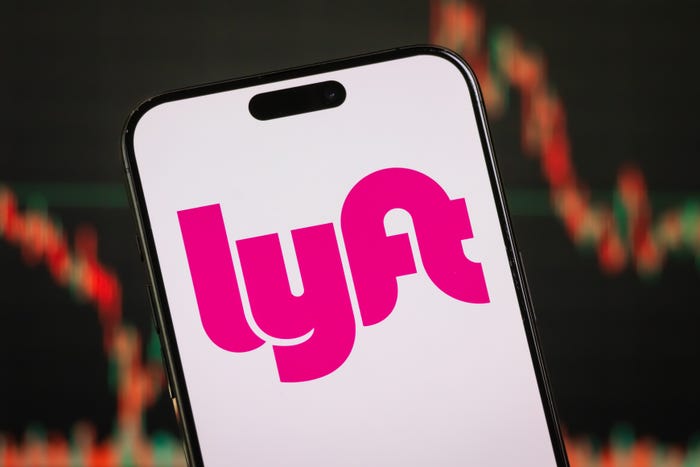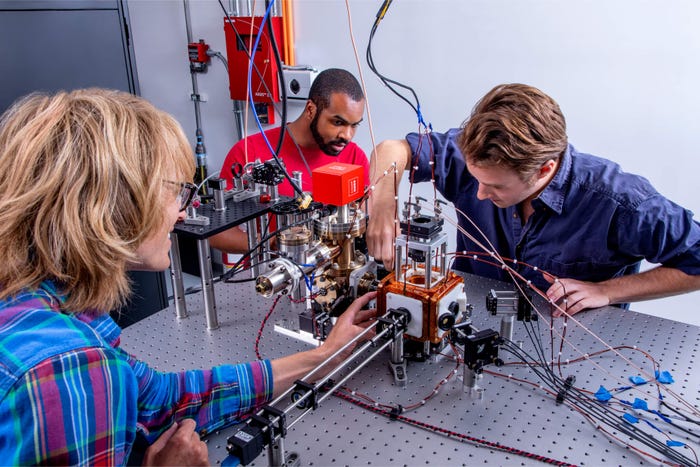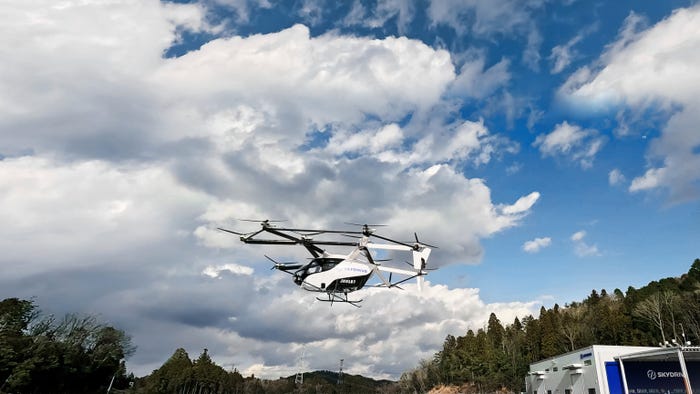GM Cruise Suspends All Self-Driving Operations, Even Manually DrivenGM Cruise Suspends All Self-Driving Operations, Even Manually Driven
The company is now even suspending manually driven autonomous vehicles as it pauses operations nationally

Self-driving taxi company Cruise has announced it is to remove ALL of its vehicles from American roads as part of its operational pause.
The move was announced in a post on Cruise’s website that revealed the latest action the company is implementing as it works to regain public trust following a dramatic couple of months, which has seen it immersed in negative publicity following an accident in San Francisco.
The new statement updates an initial set of measures that were published on Nov. 8.
The most significant of these is the suspension of operation of human-driven Cruise AVs across the United States. Previously, Cruise had only committed to pausing the operation of driverless vehicles.
The Cruise statement explains: “On October 26, we announced a pause of all our driverless operations while we take time to examine our processes, systems, and tools and improve how we operate. In the coming days, we are also pausing our supervised and manual AV operations in the U.S., affecting roughly 70 vehicles.
“This orderly pause is a further step to rebuild public trust while we undergo a full safety review. We will continue to operate our vehicles in closed course training environments and maintain an active simulation program in order to stay focused on advancing AV technology.”
Cruise also confirmed other new steps it is taking.
Firstly, the role of Exponent – the independent, third-party engineering consulting firm brought in to conduct a technical root cause analysis of the Oct. 2 accident – is expanding. Its remit has been extended to include a comprehensive review of the company’s safety systems and technology.
A third-party safety expert is also being drafted in to “perform a full assessment of Cruise’s safety operations and culture.” This is in addition to the newly created permanent role of chief safety officer, which was announced on Nov. 8.
And senior General Motors executive Craig Glidden, already a director at Cruise, is to take a more hands-on role as chief administration officer. He will take responsibility for the legal, finance and communications teams – an acknowledgement, perhaps, that Cruise has not handled the fallout of recent weeks as skilfully as might have been expected.
The Oct. 2 accident has sparked a dramatic chain of events that have seen Cruise’s operations subjected to forensic scrutiny. The incident saw a pedestrian struck by a hit-and-run human-driven vehicle, propelling her into the path of a Cruise taxi, which then dragged her 20 feet along the road before coming to a halt, leaving her trapped and seriously injured.
The incident saw the California Department of Motor Vehicles remove Cruise’s permits for driverless deployment due to an “unreasonable risk to public safety.” Cruise had already previously been asked to cut its fleet in half following two separate accidents.
This prompted the national pause in operations to try to regain trust, and with the company effectively in limbo, it also decided to suspend production of its purpose-built AV, the Origin.
A recall and software update for all 950 of Cruise’s current fleet of self-driving taxis was also announced to try to avoid a repeat of the Oct. 2 accident.
About the Author
You May Also Like








